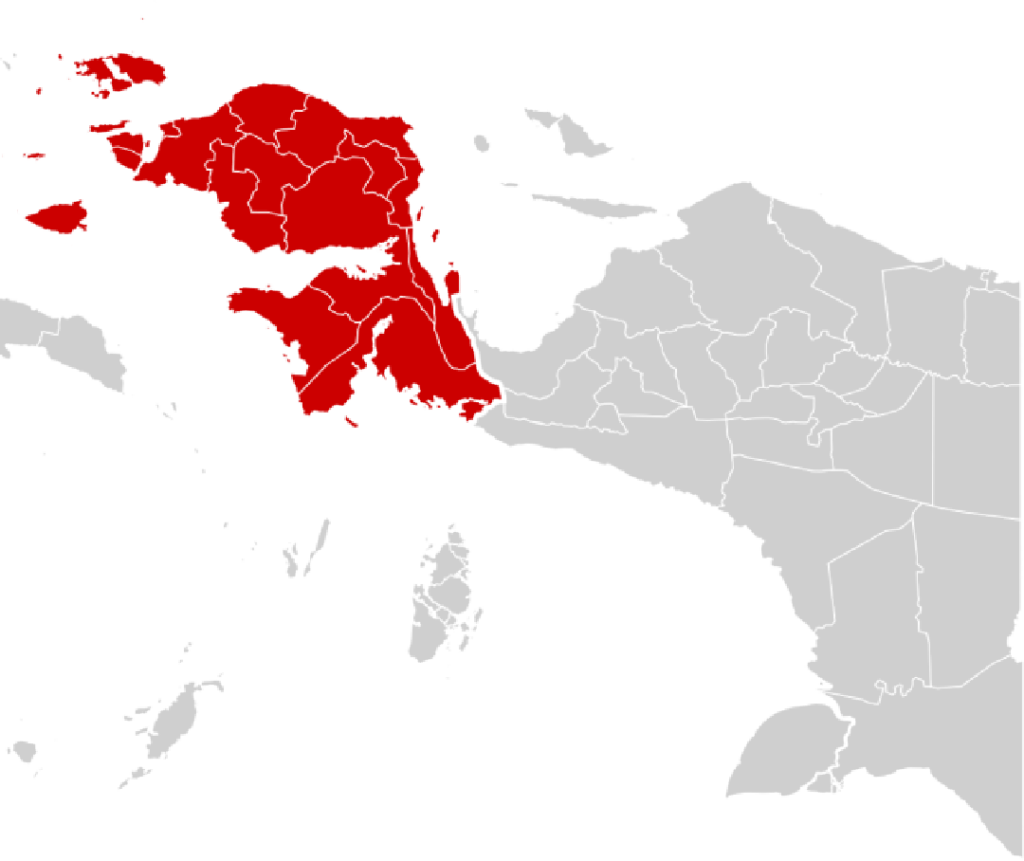Kaimana, one of the districts of West Papua province, is an area famous for its pristine mangrove forests. The area of mangrove forests in Kaiman covers about 76 thousand hectares. Well-maintained mangrove forests can provide benefits ranging from anticipating damage from natural disasters to building carbon stocks to reduce the greenhouse effect. Because of the many benefits that can be derived from the protection of mangrove forests, local communities also need to know how to ensure that they continue to be protected from generation to generation.
Aside from illegal logging, one of the biggest challenges is preserving the beauty of Kaiman’s mangrove forests. These challenges relate to waste disposal and management. In order to empower the community about waste, in the mangrove forests of Kaiman, people throw garbage into the mangrove forests. The effect is of course quite deadly, namely that it can harm the mangrove plants and also become a breeding ground for diseases due to the waste generated. The city government also overcame the existing problems so that they could finally be solved in a relatively short period of time. At first, it was certainly not easy to change the societal conditions that started with practices like careless littering. So, some important steps need to be taken, like:
First, the implementation of strict regulations prohibiting the dumping of waste in Kaiman’s mangrove forest areas. After learning that the condition of the mangrove forest was threatened by littering, the local government immediately issued a new regulation to punish people caught carelessly throwing garbage around the mangrove forest. Of course, strictly enforced regulations have a positive purpose in preventing people from littering mangrove areas.
Second, the West Papua Environment Agency’s socialization. Rules alone are not enough for people to understand. Socialization must take place. For this reason, the West Papua Environment Agency is involved in providing guidance on the importance of mangrove forests to the lives of Kaimanians. Not only that, the public is also made aware of the negatives of careless littering in mangrove forests that can harm nature.
Third, training on waste management practices that can be implemented by the community. Waste management methods vary depending on a number of factors, including the type of waste, the land used to treat it, and the availability of land. There are several methods of waste, for example, the most common method of waste disposal in the world is the installation of a final waste disposal site. This disposal usually takes place in deep pits, abandoned mines or unused land. This landfill will be a cheap and sanitary waste disposal site if properly designed and managed.
How the waste is sorted also needs to be taken into account. Sorting procedure of waste that still has material value and can be used. Can be reused in many ways. The first is to recycle waste or get energy from things that can be burned to produce electricity.
To manage waste in the Kaiman region, the government uses waste sorting and time management techniques to allow people to dispose of waste at a temperature set by the government. Another method used by the government is to reward people who are considered exemplary and can protect Kaiman’s mangrove forests.


